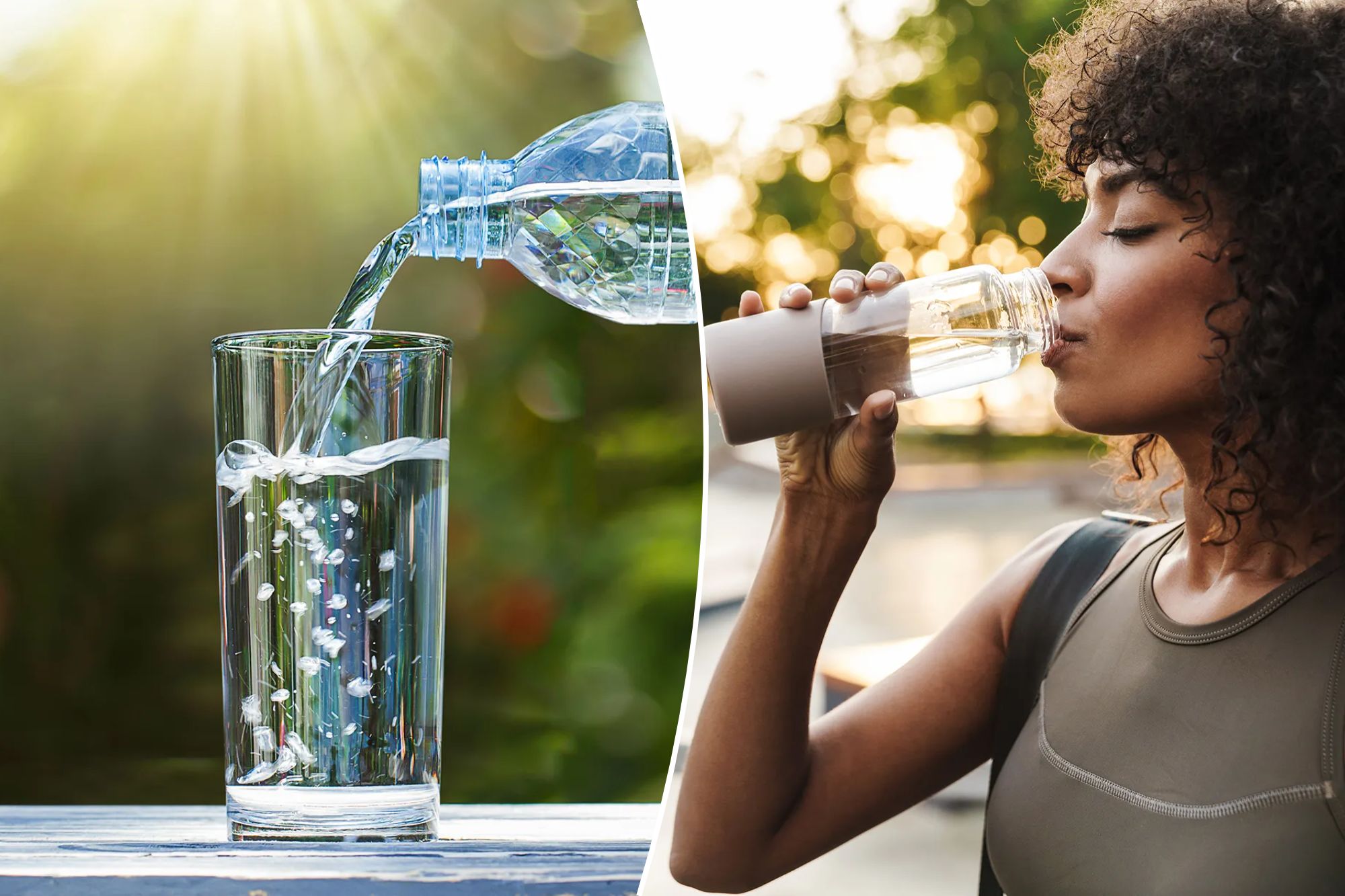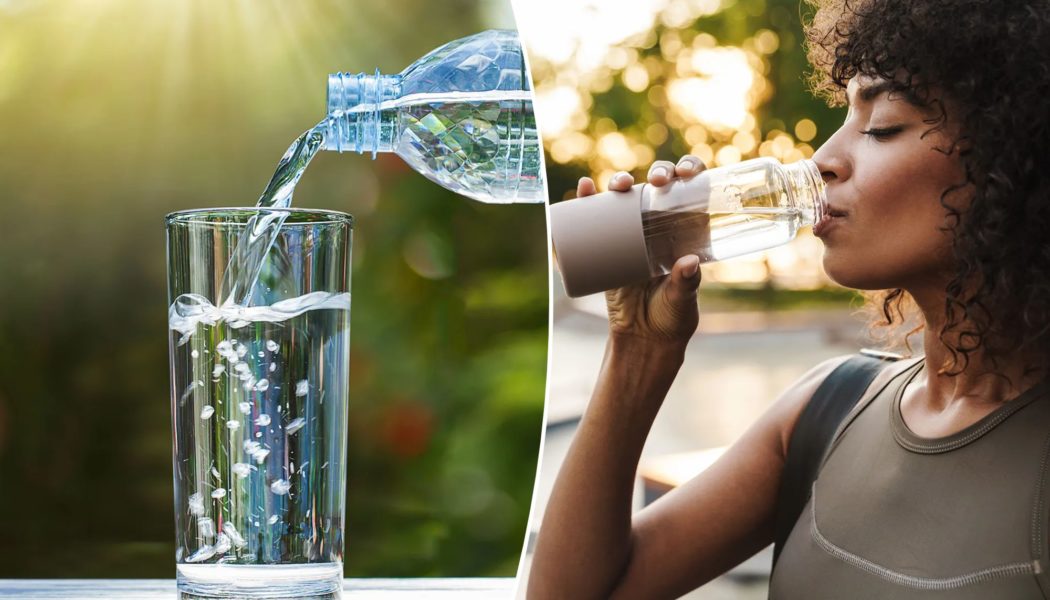
Water — the poor man’s Ozempic?
Not quite, but the simple act of pouring yourself a glass of nature’s champagne can absolutely assist your weight loss efforts, experts say.
Amy Goodson, MS, RD, CSSD, LD is a registered dietitian and certified specialist in sports dietetics — she recently shared an jugful of wet wisdom with Eat This, Not That! — starting with the important reminder that water, while rather miraculous, is just one weapon in the battle of the bulge.
“Drinking water can be beneficial to help with satiety, but it’s not a direct cause of weight loss on its own,” Goodson said.
And help with satiety it does — a study conducted at Wageningen University in the Netherlands showed that participants who downed a milkshake followed by a lot of water filled up faster than those who just drank a little bit of water.
Simply put — water before or after meals can help fill you up, which could lead to a habit of smaller meals.
Water is also useful because it can distract us from other, less healthy beverages like sodas and energy drinks, Goodson pointed out.
Then, there’s the gym — grab your favorite reusable bottle and stay hydrated to perform better.
“[This] can contribute to burning calories during exercise,” Goodson said. “Dehydration can lead to fatigue and individuals moving slower in a workout.”
But how much water per day, per person? That all depends on you.
“While there is an old-school rule that you should drink eight eight-ounce cups of water, the truth is that many factors impact how much water you need, including your age, sex, activity level, and overall health,” Goodson said.
“For women, the amount of total water is about 11.5 cups per day, and for men, about 15.5 cups. These estimates, however, include fluids consumed from both foods and beverages, including water. You typically get about 20% of the water you need from the food you eat (fruit, vegetables, soup, etc.). Taking that into account, women need about nine cups of fluid per day and men about 13 cups in order to help replenish the amount of water that is lost.”
And how to squeeze all that in? Here are some tips from the expert:
Drink before meals
This can help with portion control — and stop you from eating when you’re full.
Float through it all
“Sipping water throughout the day can help maintain hydration levels,” Goodson said.
“Plus, many people often confuse thirst with hunger and might reach for food when they are actually just thirsty. This can potentially lead to greater calorie intake.”
Pad the margins
Maybe you didn’t get enough to eat at the table? Glug yourself full rather than go home and nosh.
Wet warmup
Dehydration slows down your exercise routine — a shame, since it’s so easily avoided.
“The goal is to consume 16 to 20 ounces of fluid with your pre-workout meal, two to four hours before exercise, then continue drinking fluid leading up to the workout,” Goodson said. “The goal is to start exercise with your urine color pale yellow to clear.”
Chug-a-lug
Don’t stop drinking water once you hit the gym — ideally, you should be stopping to slug five to 10 ounces of agua every 20 minutes.
Apres, le deluge
“While most people don’t weigh pre and post-exercise, the recommendation is to consume 16-20 ounces per pound lost,” said Goodson. “For most individuals, the goal is to consume 16 to 20 ounces of fluid, and then continue to hydrate until their urine color is pale yellow to clear.”









